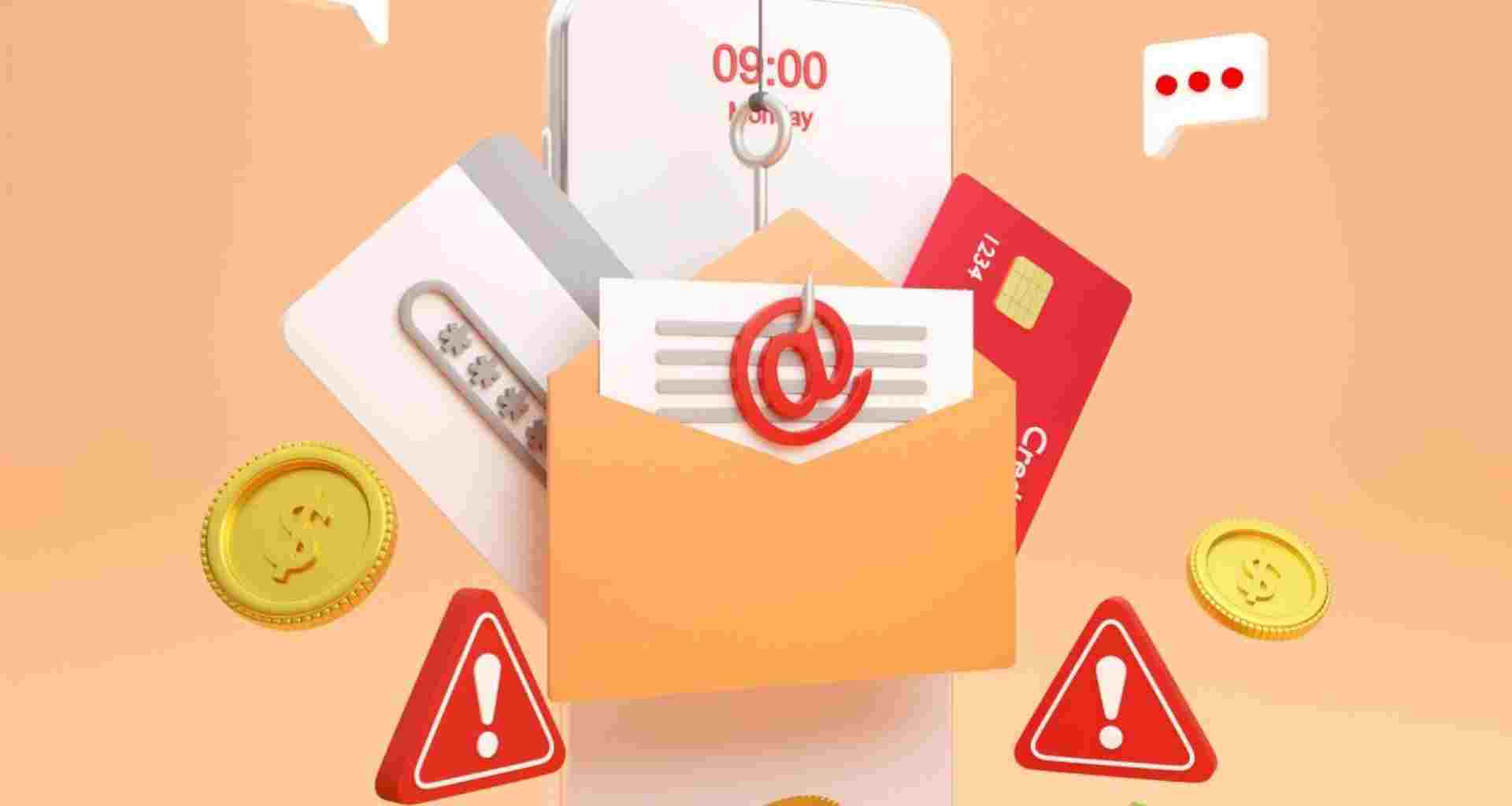Phishing scams are becoming more sophisticated every day. A single click on a malicious link can lead to identity theft or financial loss. But don’t worry! You can protect yourself by learning how to recognize and avoid phishing attacks.
1. What is Phishing?
Phishing is a type of online scam where attackers masquerade as legitimate sources (like banks or social media sites) to steal your sensitive information. These scams often involve fake emails, websites, or phone calls designed to trick you into revealing personal data.
Power Tip: Phishing scams are often disguised as urgent messages, so always remain calm and cautious.
2. Signs of a Phishing Email
Phishing emails may seem legitimate at first glance, but they usually contain red flags. Look for these warning signs:
- Generic Greetings: Phishing emails often start with vague terms like “Dear Customer” instead of using your name.
- Suspicious Links: Hover over any link in the email to see if the URL matches the company’s official website. If it looks suspicious, don’t click!
- Typos and Grammar Mistakes: Legitimate companies maintain a professional tone. Phishing messages often contain spelling errors or awkward phrasing.
- Unsolicited Attachments: Unexpected attachments could contain malware. Avoid opening them.
Emotional Appeal: Don’t let the attackers win. Recognizing these signs can save you from major risks.
3. What to Do If You Receive a Phishing Email
If you receive a suspicious email, follow these steps:
- Don’t click any links or download attachments.
- Verify the sender: Contact the company directly using their official contact information (don’t reply to the email).
- Report the scam: Most email services have an option to report phishing. Use it to help others stay safe.
4. Phishing via Text Messages (Smishing)
Phishing isn’t limited to emails. Smishing, or phishing via SMS, is on the rise. In these scams, attackers send text messages that appear to be from banks, service providers, or government agencies.
Red Flags:
- Urgency or Threats: Texts that claim your account is at risk and ask you to click a link immediately.
- Unknown Senders: Avoid clicking links from numbers or contacts you don’t recognize.
- Requests for Personal Information: Be suspicious of any message asking for sensitive data like passwords or account numbers.
Power Tip: If a text message seems suspicious, call the company directly to verify its legitimacy.
5. Phishing Websites
Phishing doesn’t just occur through emails or texts—it can happen through fake websites. These sites may look identical to legitimate ones but are designed to steal your information.
How to Spot Fake Websites:
- Check the URL: Official websites use HTTPS, not just HTTP. Look for a padlock symbol before the URL.
- Check the design: If the site looks poorly designed or has strange formatting, it could be a scam.
- Avoid pop-up requests for personal information: Legitimate sites don’t ask for sensitive details through pop-ups.
6. Be Cautious with Social Media
Phishing scams can also be found on social media platforms. Attackers may send direct messages or post fraudulent links that lead to phishing sites.

How to Protect Yourself:
- Don’t trust unsolicited friend requests or messages.
- Avoid clicking on suspicious links or offers, especially if they seem too good to be true.
- Check privacy settings to control who can send you messages or view your profile.
7. Use Security Tools to Protect Yourself
There are several tools you can use to protect yourself from phishing:
- Anti-phishing software: Many antivirus programs have built-in phishing protection.
- Browser security extensions: Use browser extensions like Web of Trust (WOT) to help detect malicious websites.
- Multi-factor authentication (MFA): Enable MFA on your accounts to add an extra layer of security in case you fall victim to a phishing attempt.
Read More: Protect Your Online Accounts with Two-Factor Authentication (2FA)
Conclusion
Phishing scams are everywhere, but with the right knowledge and tools, you can defend yourself. Stay vigilant, recognize the signs, and always double-check the authenticity of any message or website asking for personal information. Don’t let scammers control your digital life—be proactive and stay safe!



